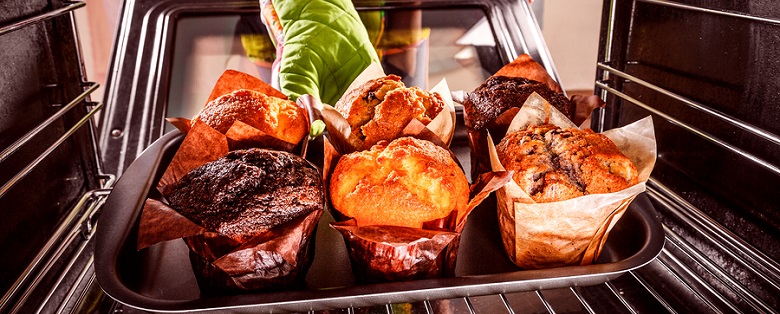
Ovens are essential appliances in most homes, giving people the ability to prepare food in countless ways. Through a gradual evolution, basic cooking pits have turned into electronic ovens found in kitchens all over the world. Early ovens needed little in terms of oven repair, however, there is no doubt today’s appliances provide convenience and greater cooking control. Even though modern ovens do occasionally require appliance repair, most appliance owners would surely agree that they are more useful than any early oven ever was.
From Open Fires to Basic Masonry Ovens
Fueled by wood fires, the earliest ovens consisted of open fires in pits or enclosed stone structures designed to contain the heat. They were initially used by ancient Mediterranean civilizations to cook bread and other baked foods; as the design of the oven improved, its use expanded. By the Middle Ages, ovens made of stone and brick were in use, with racks and poles for cooking different foods as well as for hanging pots and kettles.
The Wood-Burning Stove
The first true stove came into existence around 1490 in Alsace, France. It was made completely of brick and tile, had a flue, and was fueled by a wood fire that burned underneath the food. From that point, the design of wood-burning stoves continued to develop as people sought improved ways to vent the smoke from the wood fires while keeping the interior of the stove even hotter. In the early 1700's, the first stove that completely contained the fire in a separate compartment away from the food was created. The food was cooked on racks and pots were set over holes in the top of the stove for heating.
Cast Iron and Coal Stoves
Progressing from the more advanced wood stove design, models were eventually made from cast iron from the 1730s, a time when cast iron was becoming a popular metal for many uses. Originating in Germany, they were called five-plate stoves or jamb stoves and were the predecessor to the first modern ovens like those used today. As cast iron stove design continued to evolve throughout the 1700's and 1800's, so did the different ways to fuel them. A sootless kerosene fueled stove was developed and a coal stove followed soon after. The design also gradually changed from stovetops to actual ovens, where the cooking took place inside the compartment rather than on the stovetop.
Gas and Electric Stoves
In 1826, the first gas-powered oven was invented and paved the way for today’s modern ovens. Oven construction had also begun moving away from cast iron to lighter metals as well as the introduction of enamel coatings that made oven cleaning easier.
By the 1900's, most homes and commercial kitchens had a gas oven. Electric ovens were initially designed around 1890; however, it was not until the 1920's that this electric version would be used. Since that time, the number of electric ovens has steadily increased to the point where today homes have just as many electric stoves as gas models.
Although the idea of heating food in an oven is basic, it did take some time before the right methods and best ovens were developed. Gas and electric ovens now provide excellent cooking control without the need to vent through a flue or contaminate food with soot residue from other oven fuels. While today’s appliances may occasionally need oven repair, they are much easier to use, more cost-effective, and healthier than early ovens ever were. Thankfully, most of today’s ovens are reliable and require little in the way of appliance repair!
Need Oven Repair in Lubbock TX?
Lubbock Appliance Repair Experts Can Help!
Call (806) 416-8642!
Additional Articles:
Questions to Ask About Repairing or Replacing A Major Appliance!
When Replacing Ovens - Freestanding or Slide-In?
Dishwashers - How to Best Clean Them!
